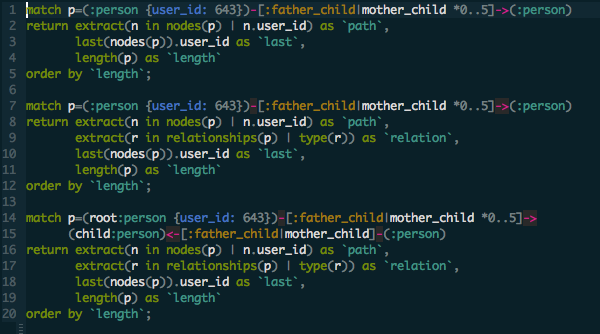Why I need a Log trace
There are many logging libraries for Clojure and Ring out there which support basic logging per each request that Ring server handles. However, all of them produce multiple log entries per request, one when the request starts and one when the request ends. Also, they cannot log the steps happen inside the handler function’s execution. For example, with Ring-logger, the default setup logs:
- an :info-level message when a request begins;
- an :info level message when a response is generated without any server errors (i.e. its HTTP status is < 500);
- an :error level message when a response’s HTTP status is >= 500;
- an :error level message with a stack trace when an exception is thrown during response generation
If there are multiple requests that process at the same time, the log entries in the log file could be something like this
- Starting request 1
- Starting request 2
- End request 2
- End request 1
That’s hard for me unite all the logs into one place and search the all the related log information whenever debugging one specific request. There is also no way for me to track the flow of execution steps inside the handler function of that request. Although I can simply do (timbre/info "Start some database queries"), the problem than come back to the previous one
- Starting request 1
- Starting request 2
- Start a query for request 1
- Start a query for request 2
- Write file for request 2
- Write file for request 1
- End request 2
- End request 1
Hmmm. Something like this would be much better
- [1] Starting request {id}
[2] Start query to database
[3] Found one record
[4] Processing data
[5] Finished request {id} in 20ms - [1] Starting request {id}
[2] Start query to database
[3] Exception: database down
[4] Finish request {id} in 10ms
What I want is one single log entry per request with the trace of its steps so I can easily find out how the code works as well as where it can break, where it doesn’t function normally.
Read more

